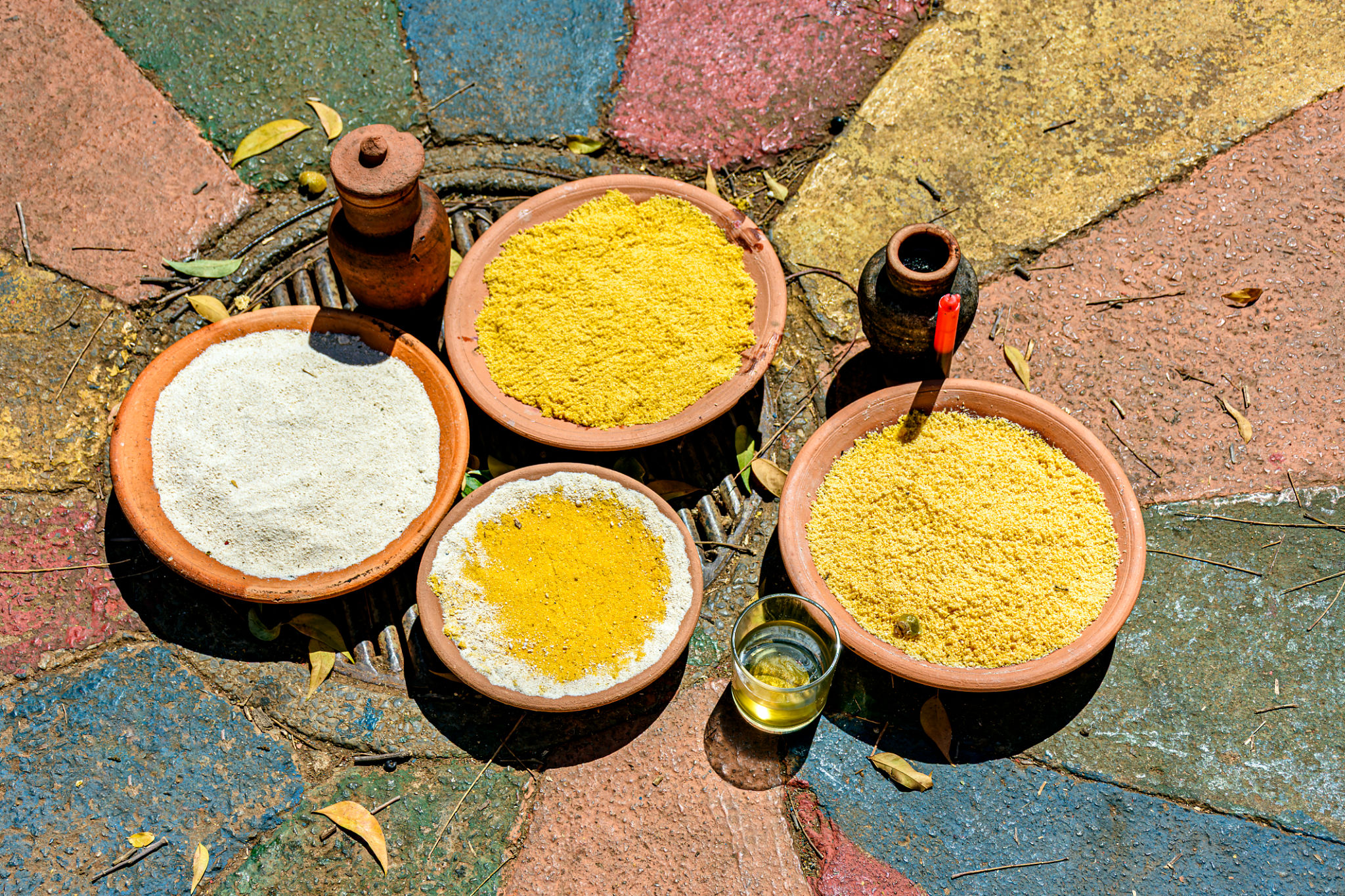Afrocentric Art Pieces: Celebrating Heritage Through Art
Understanding the Essence of Afrocentric Art
Afrocentric art is a vibrant and dynamic expression of African culture, history, and identity. It serves as a medium through which artists can narrate the stories of their heritage, celebrating the rich tapestry of traditions, values, and experiences that define the African continent and its diaspora. This form of art is not just about aesthetics; it is a powerful cultural statement.
Artists who create Afrocentric pieces often draw inspiration from various elements such as traditional African motifs, patterns, and symbols. They incorporate these elements into contemporary designs, resulting in artworks that are both innovative and deeply connected to their roots. This fusion of tradition and modernity is what makes Afrocentric art so captivating and unique.

The Role of Afrocentric Art in Preserving Culture
One of the most significant roles of Afrocentric art is its ability to preserve and promote African culture. Through their work, artists ensure that the stories, values, and traditions of their ancestors are not forgotten but rather celebrated and shared with future generations. This is particularly important in a world where cultural homogenization often threatens to erase distinct cultural identities.
By showcasing Afrocentric art in galleries, museums, and public spaces, communities can maintain a strong connection to their heritage. This visibility also helps educate others about the diverse cultures within Africa and the African diaspora, fostering greater understanding and appreciation.

Afrocentric Art as a Form of Resistance
Afrocentric art also serves as a form of resistance against cultural appropriation and misrepresentation. Artists use their work to challenge stereotypes and present authentic narratives that reflect the true essence of African cultures. Through their creations, they assert control over their cultural narratives and fight against the erasure of their identities.
Moreover, by celebrating their heritage through art, these artists contribute to movements that advocate for social justice and equality. Their work often addresses issues such as racial discrimination, colonialism, and identity, making it a powerful tool for raising awareness and inspiring change.

Popular Themes in Afrocentric Art
Afrocentric art encompasses a wide range of themes that explore different aspects of African life and history. Some of the most common themes include:
- Ancestry and Heritage: Many artists pay homage to their ancestors by depicting historical figures, traditional ceremonies, and cultural practices.
- Nature and Environment: The beauty and diversity of African landscapes inspire many artworks that celebrate the continent's natural wonders.
- Community and Identity: Artists often explore themes related to community life, social structures, and the complexities of personal identity.
The Future of Afrocentric Art
The future of Afrocentric art is bright as more artists continue to explore new ways to express their cultural heritage. The growing interest in this genre is evident in the increasing number of exhibitions, collaborations, and international recognition that Afrocentric artists are receiving.
As technology advances, digital platforms have become vital for artists to share their work with a global audience. This accessibility allows for greater exchange of ideas and fosters collaborations between artists from different backgrounds, further enriching the Afrocentric art scene.

Supporting Afrocentric Artists
Supporting Afrocentric artists is crucial for the continued growth and development of this art form. Art enthusiasts can contribute by attending exhibitions, purchasing artworks, and promoting artists on social media. Engaging with Afrocentric art not only helps sustain these artists' livelihoods but also supports the preservation and celebration of African culture.
Additionally, educational institutions can play a role by incorporating Afrocentric art into their curricula, offering students insights into diverse cultural expressions and encouraging them to appreciate the richness of African heritage.
By embracing Afrocentric art, we contribute to a more inclusive and culturally rich society that values diversity and celebrates the unique contributions of African artists.